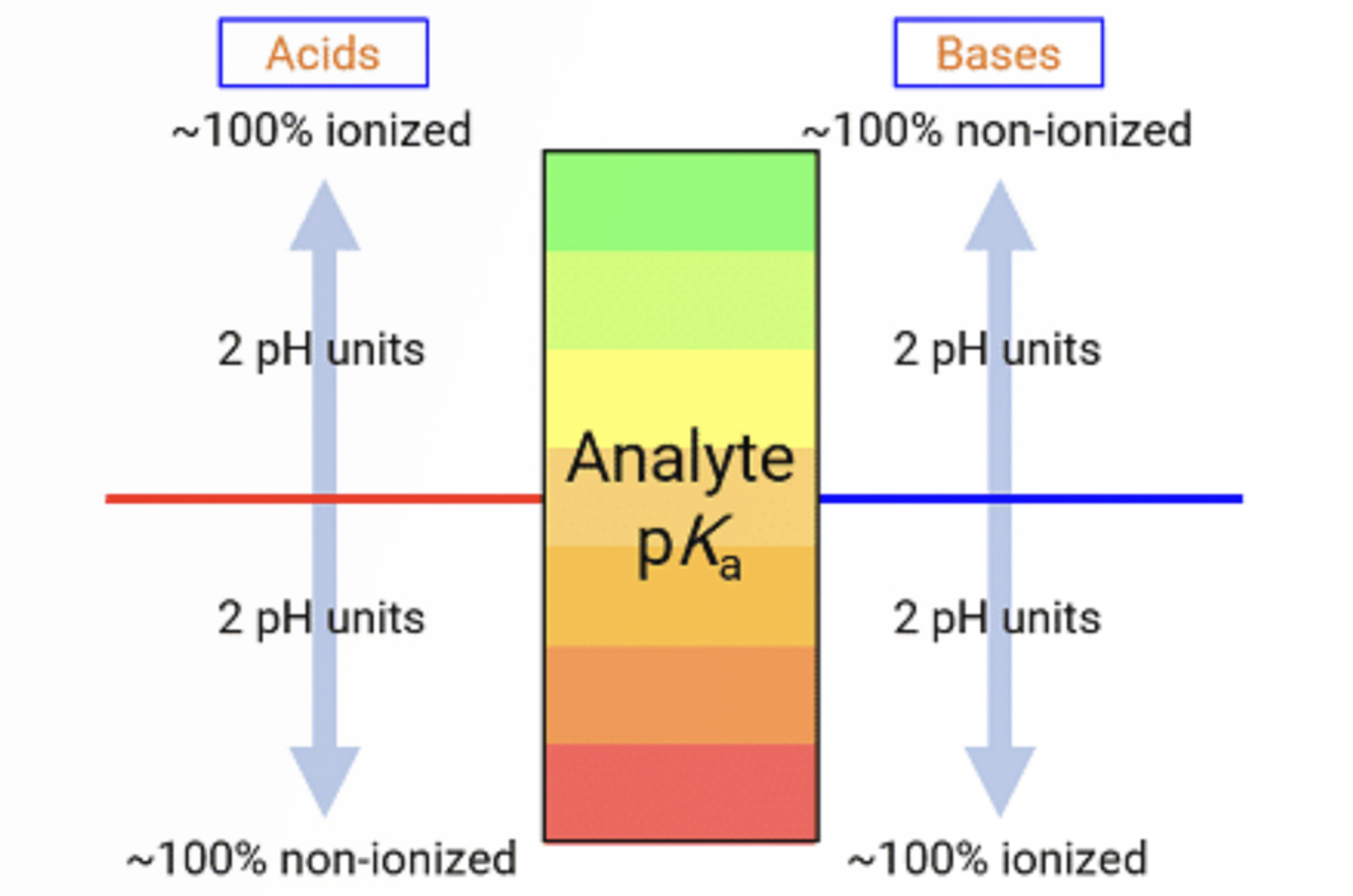HILIC
This learning path on HILIC covers retention mechanisms, stationary phases, and mobile phase composition (water/organic ratio, buffers, pH). It includes method development, column selection, and optimizing hydrophilic interactions. Practical strategies focus on improving peak shape, resolution, and reproducibility for polar compound analysis.
1 Module 2 Webcasts 5 Quick Guides
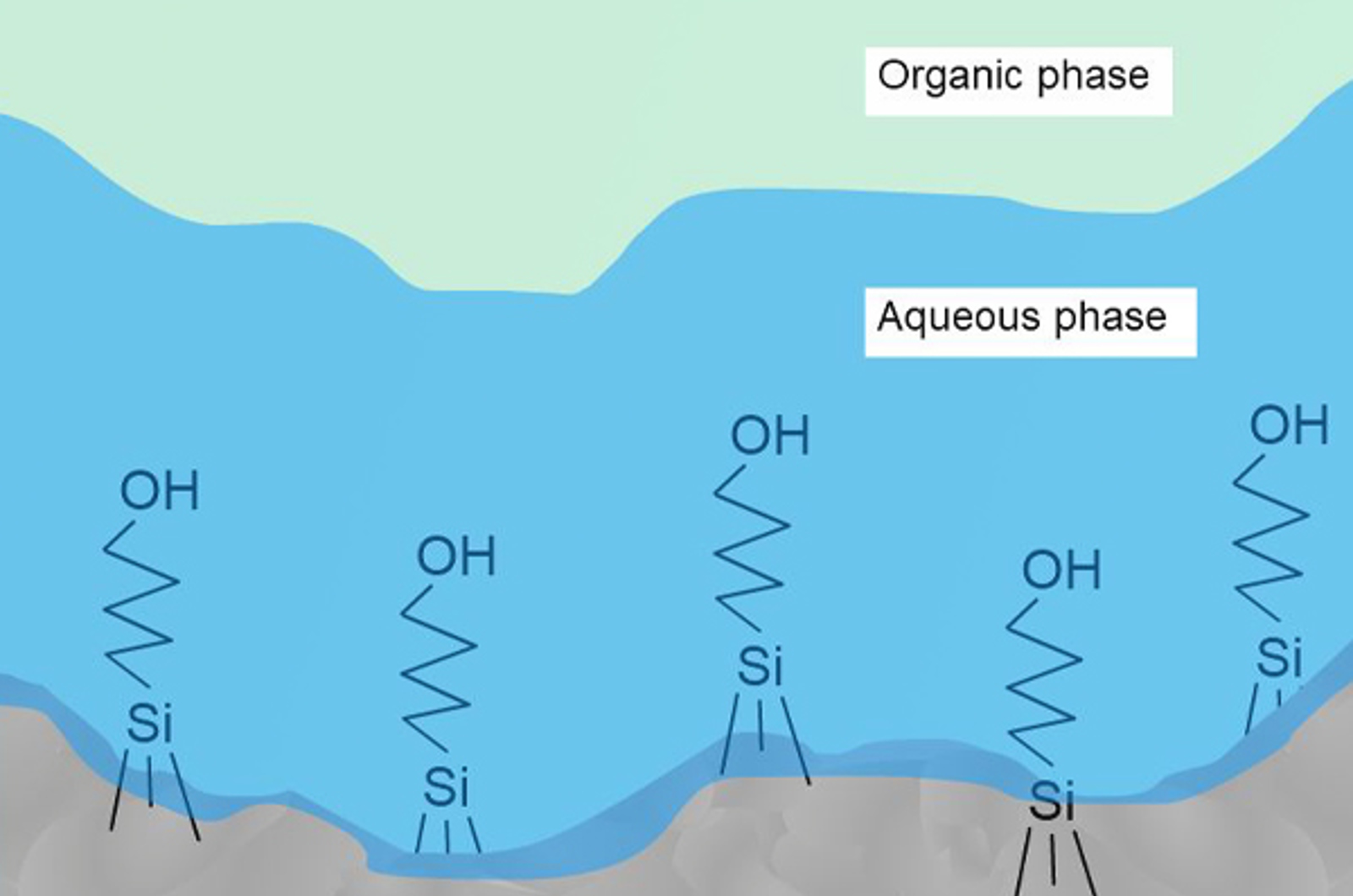
8 Items
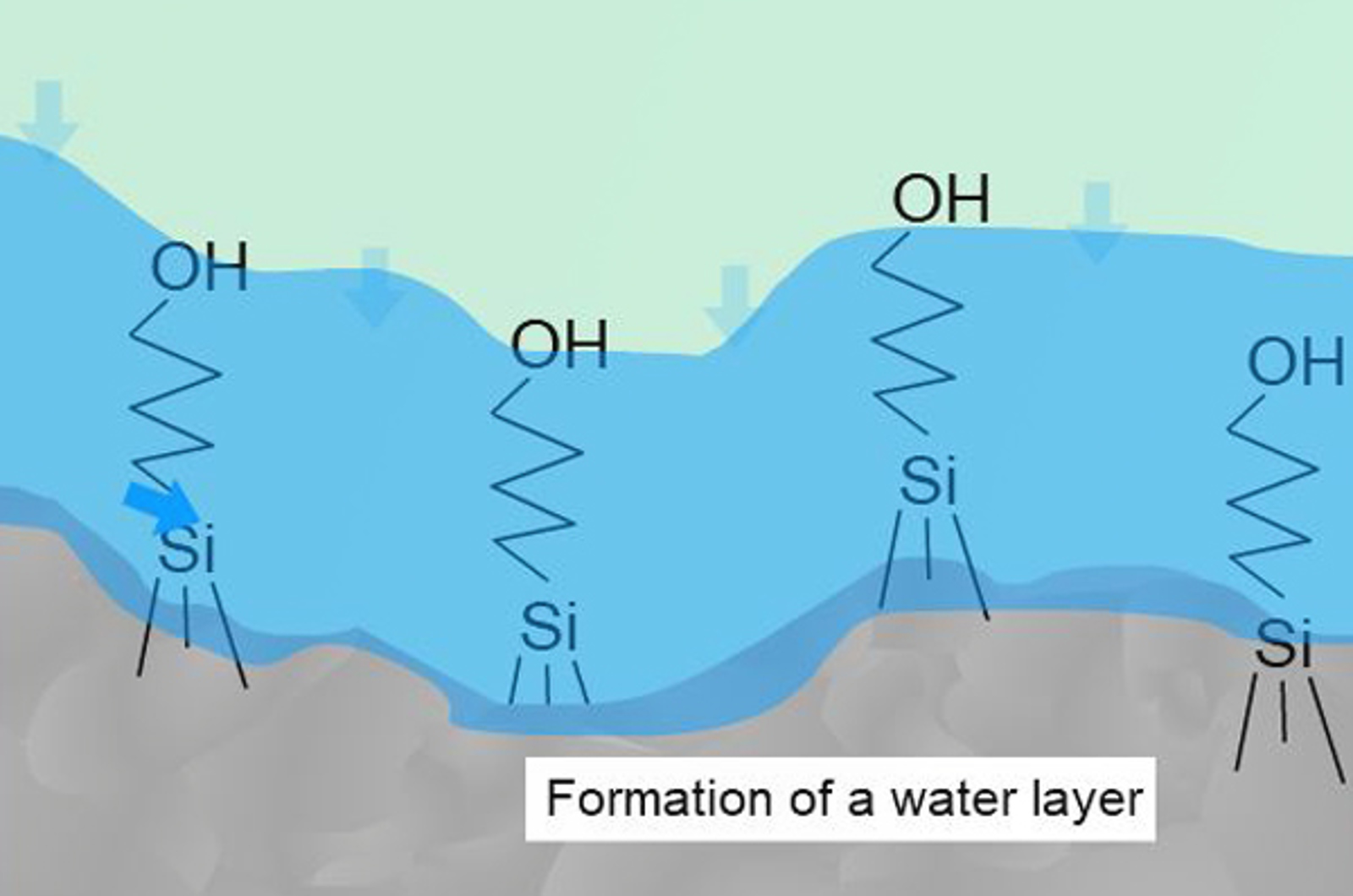
The Basics of HILIC
Hydrophilic interaction chromatography (HILIC) is applicable to the separation of very polar, highly water soluble analytes which are often poorly retained (if at all) under reversed phase HPLC conditions. In this quick guide you will learn about the basic science which underpins this powerful technique.

HILIC
The aim of this unit is to introduce hydrophilic interaction liquid chromatography (HILIC) as a novel mode of chromatography. We will present both advantages and limitations of the HILIC separation mode. Electrostatic repulsion hydrophilic interaction chromatography (ERLIC) will also be discussed as a new HPLC option for hydrophilic analytes. The concepts of ion exchange chromatography and its separation potential for certain ionic samples will be explored.
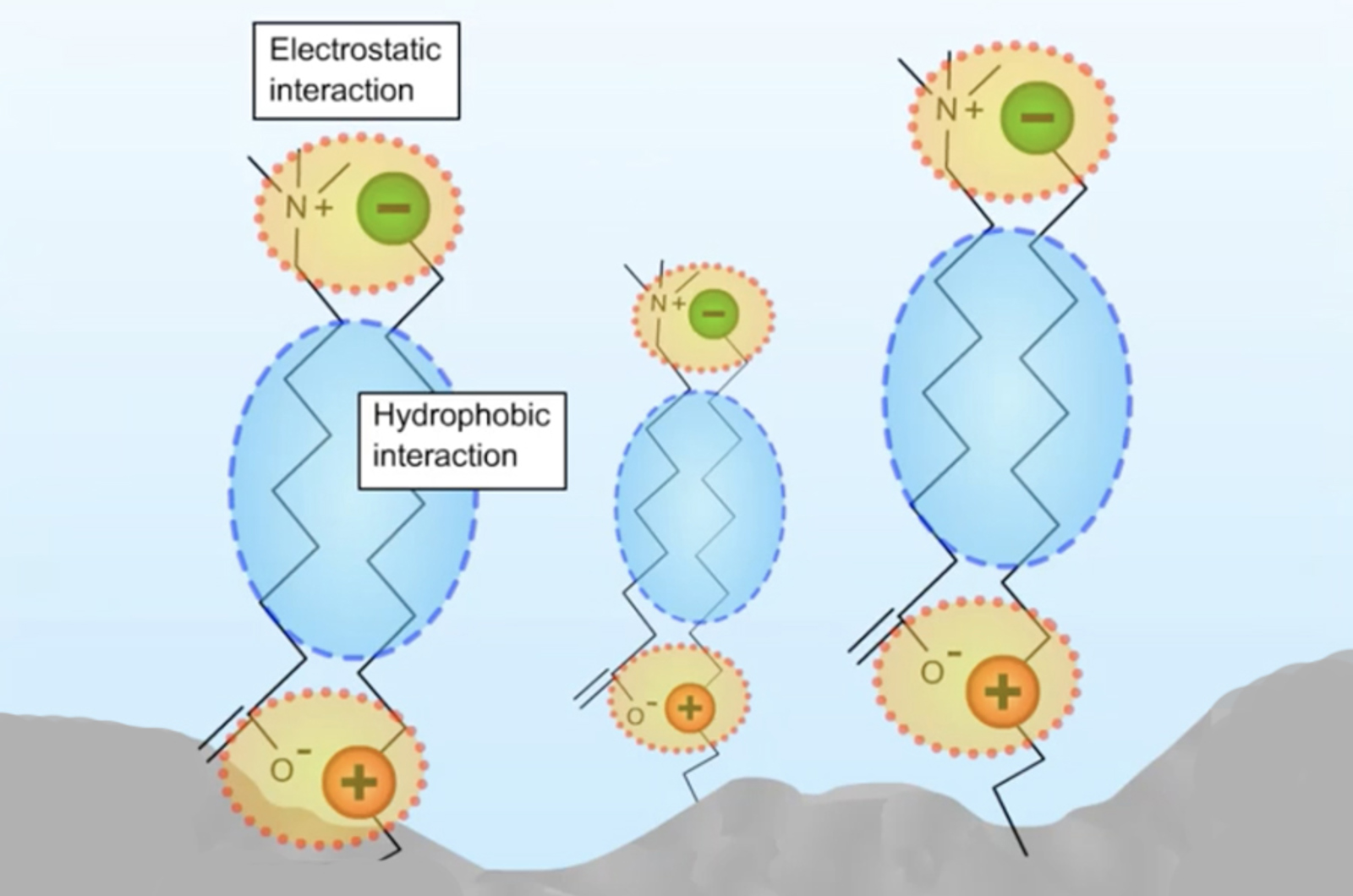
How to Choose a Stationary Phase for HILIC
HILIC requires a hydrophilic stationary phase to adsorb a water layer in order to allow the analyte partitioning process to take place. This quick guide will give you a practical approach to choosing a HILIC stationary phase.
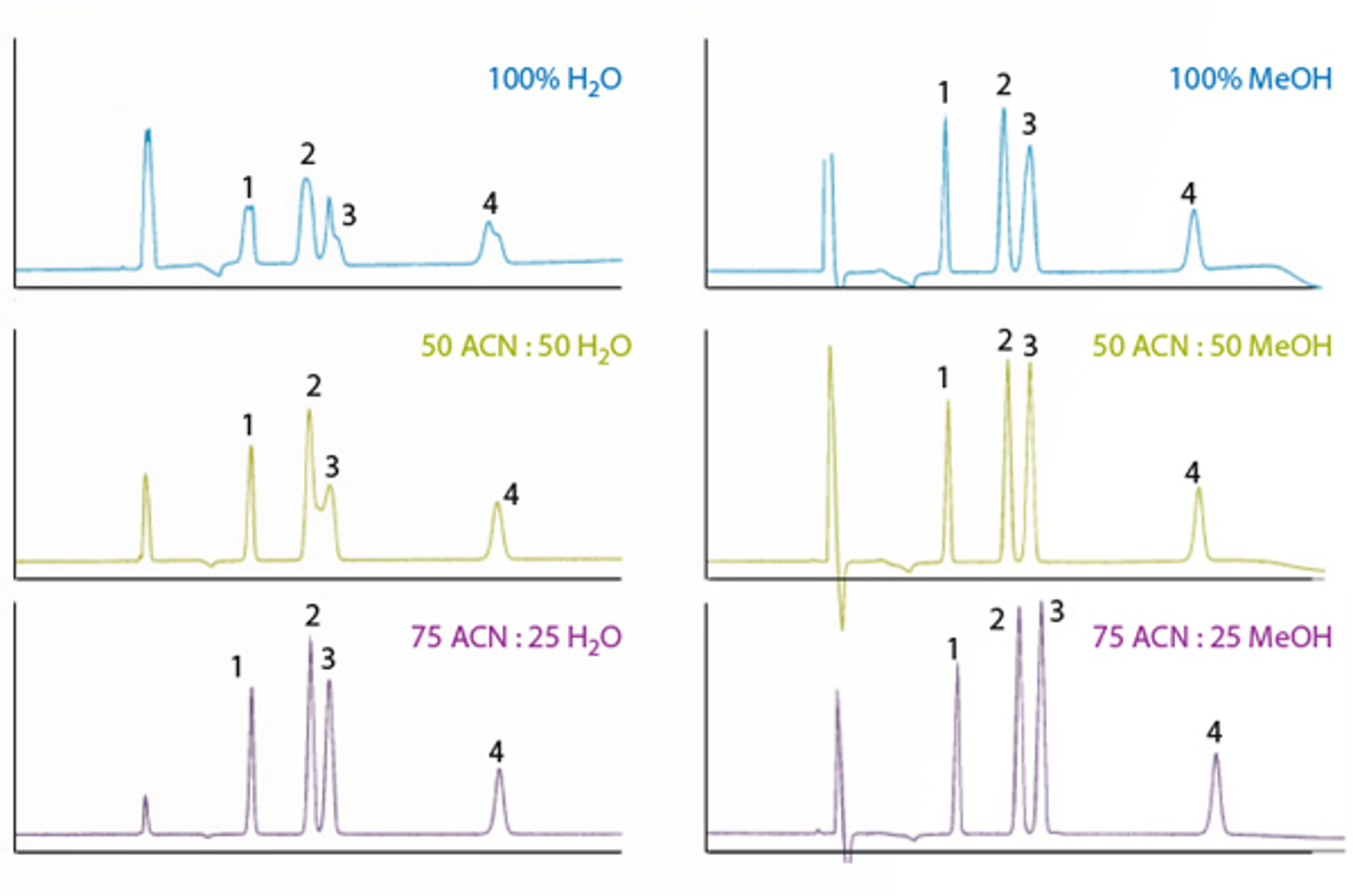
10 Tips for HILIC Mobile Phase Optimization
This quick guide lists 10 top tips to help optimize the mobile phase for HILIC separations.
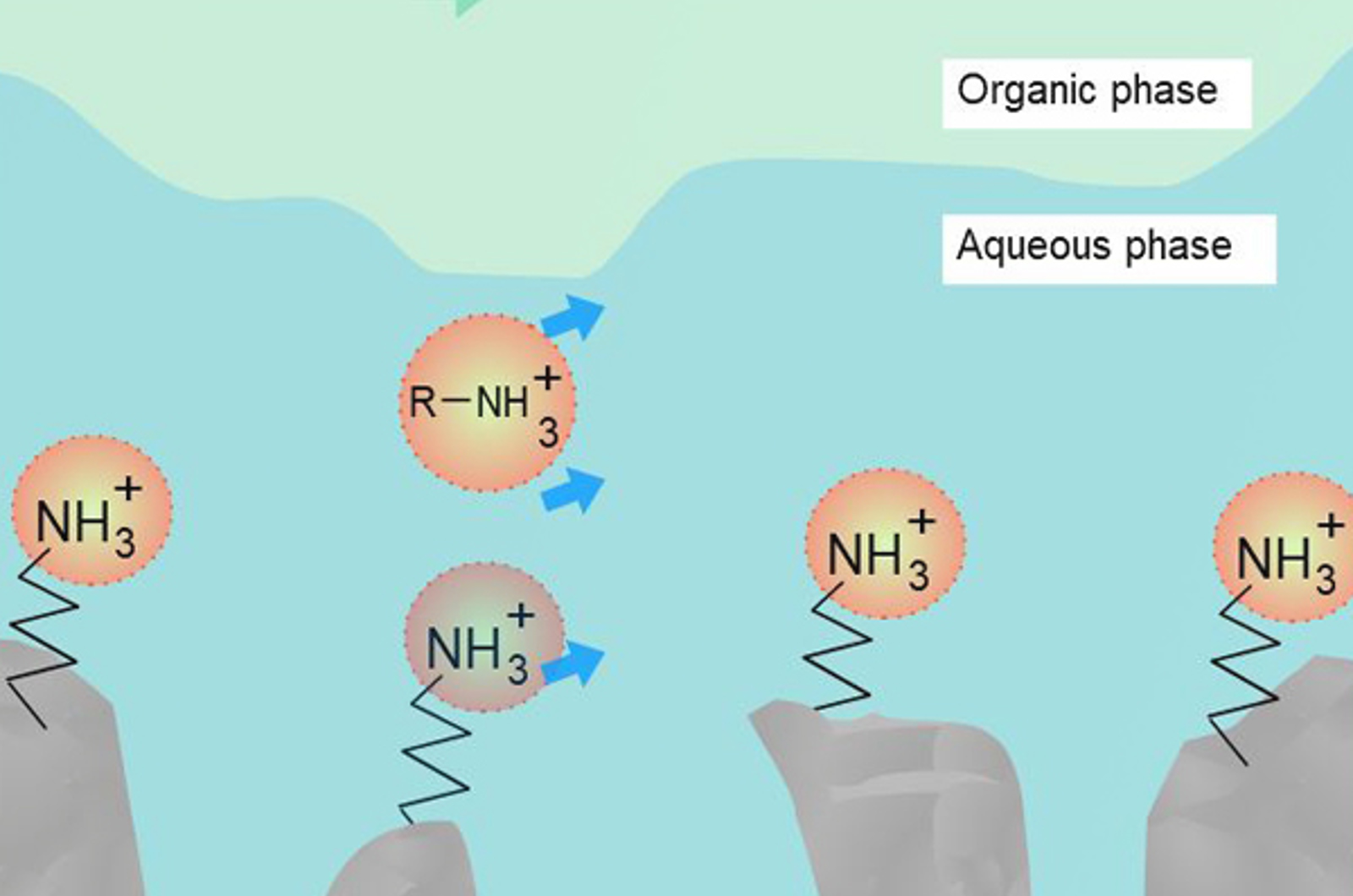
HILIC Conditioning and Equilibration
Conditioning and equilibration are important for many HPLC methods to avoid inconsistent retention times between analyses. Particular consideration has to be given to HILIC methods due to the mechanism of analyte retention via an adsorbed water layer at the stationary phase surface. This quick guide will provide you with some practical information on where to start with HILIC column conditioning and equilibration.
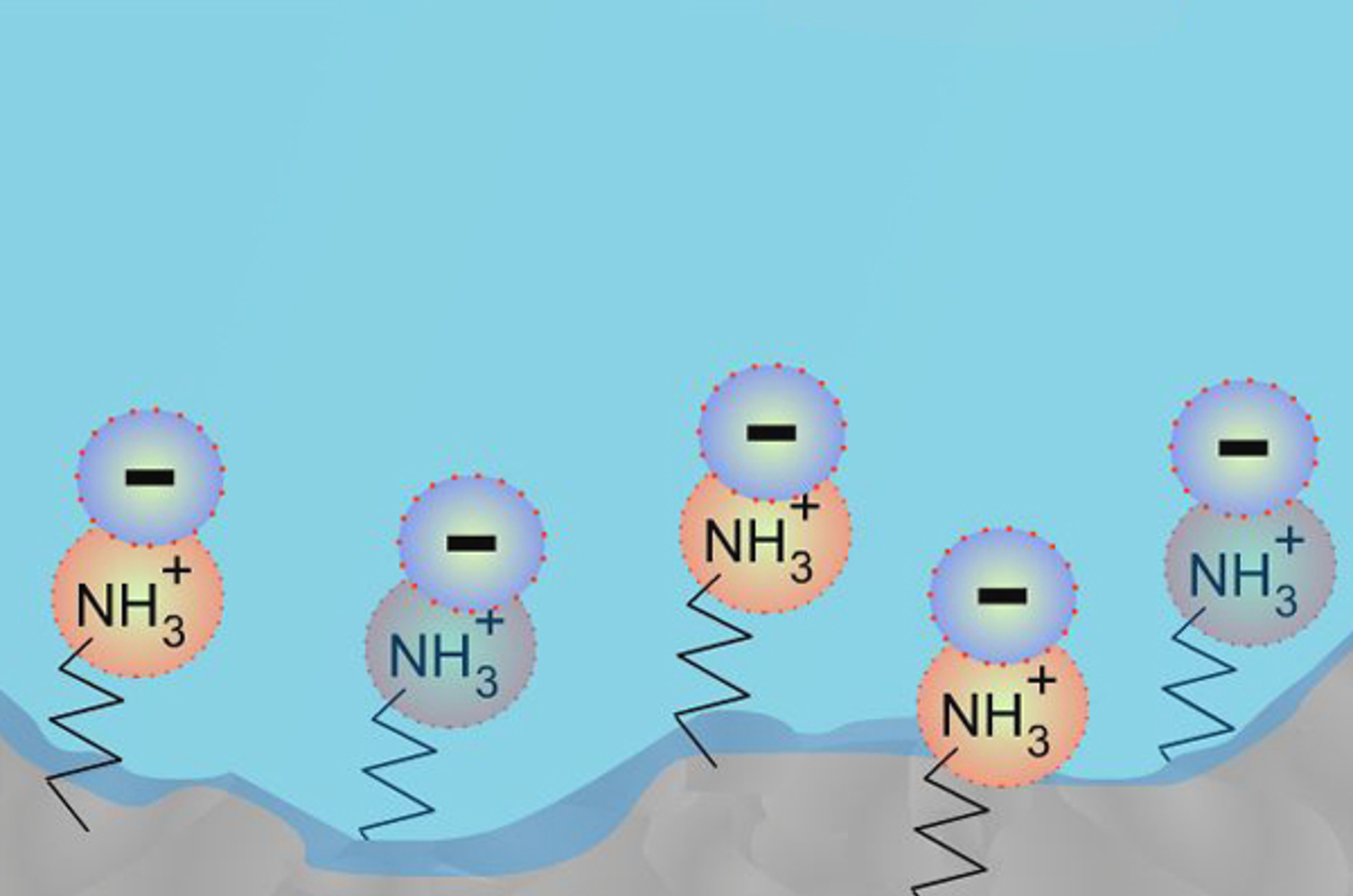
Making HILIC Work for You
This webcast will provide you with the tools you require to understand and design HILIC methods. Understanding the importance of stationary phase choice and how organic solvent, salt content, pH, and column temperature can effect separations will ensure method development is streamlined and the resulting methods produce robust results.
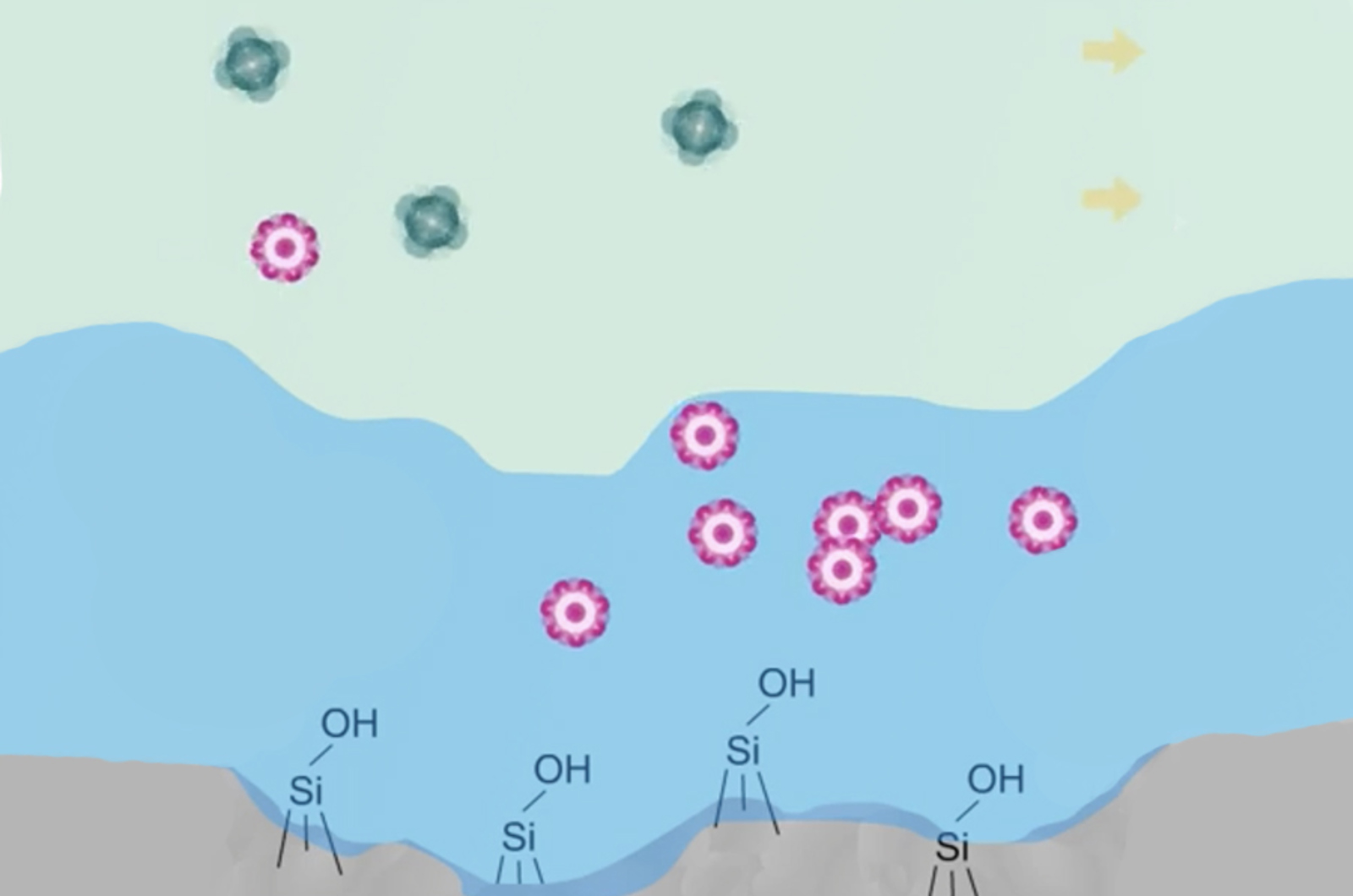
Hydrophilic Interaction Chromatography (HILIC) and Related Techniques
This webcast presents a comprehensive review and tutorial on hydrophilic interaction chromatography (HILIC). This technique is very useful for retention and separation of polar and ionizable compounds and provides a very useful orthogonal separation mechanism for chromatographers. We include a comprehensive review of the mechanisms of HILIC separations as well as considering the major parameters which affect the separation selectivity including eluent solvent composition, pH, and buffer type and strength.

